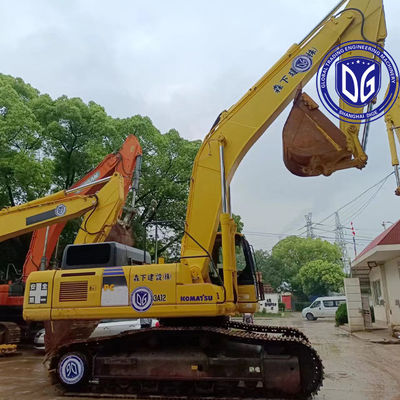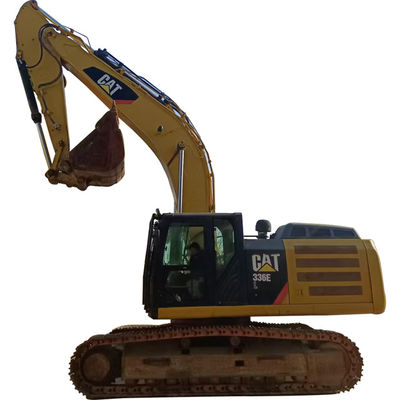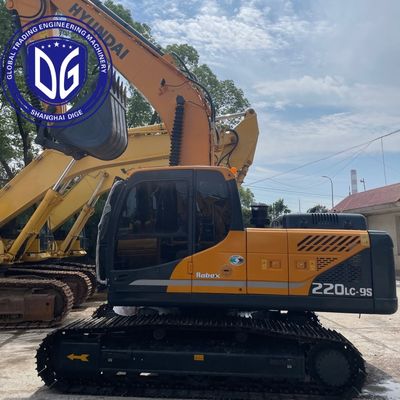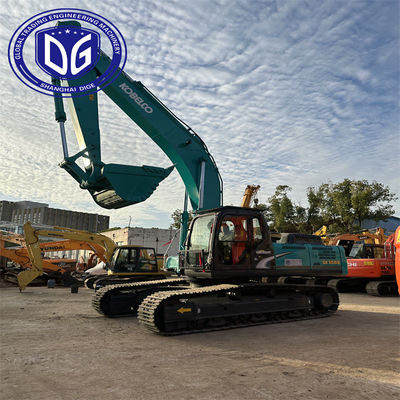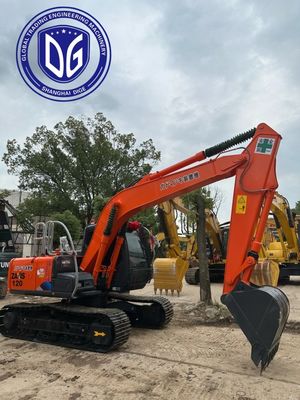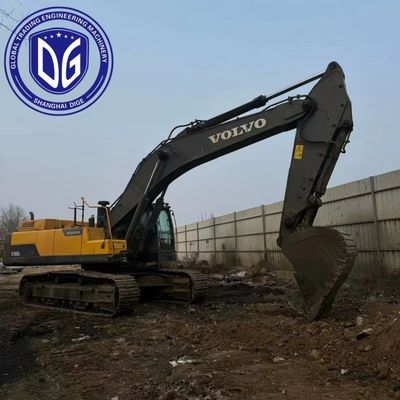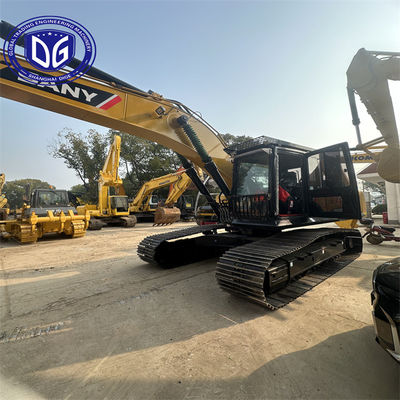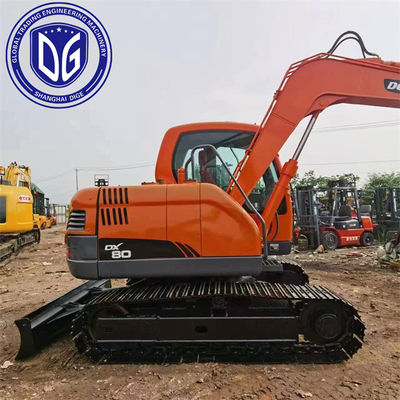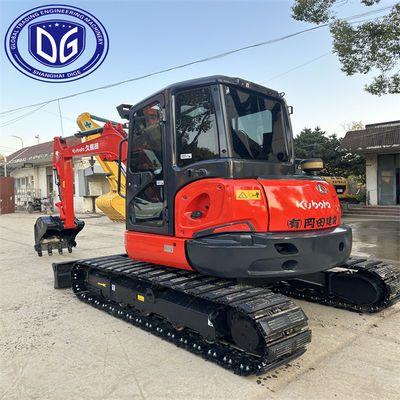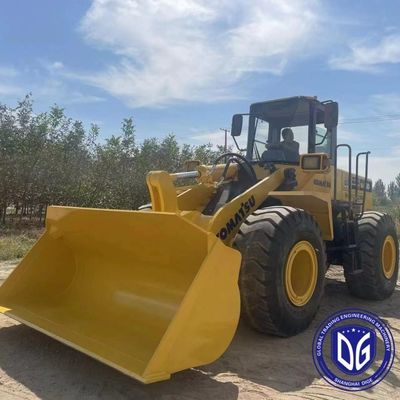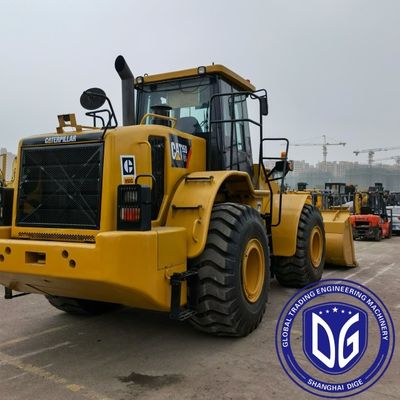By Sam from Dige International Trading
Why Skid Steer Loaders Are Popular—and Risky if You Buy the Wrong One
Skid steer loaders are incredibly versatile machines used across landscaping, demolition, construction, and agricultural industries. Their compact size and ability to handle a wide variety of attachments make them a go-to tool for tight job sites. But when buying a second-hand skid steer loader, the small size can hide big problems—especially in the engine, hydraulics, and undercarriage. Understanding what to inspect can help you avoid common and costly pitfalls.

1. Engine Performance: Small Size, Big Importance
Just because skid steers are compact doesn’t mean their engines are less important. The engine powers both the machine’s movement and its hydraulic attachments. During inspection, check how easily it starts—especially from cold. Watch for excessive smoke, rattling, or inconsistent RPMs.
Check for oil leaks, and inspect the exhaust system for buildup or damage. Because these machines often work in tight, dusty spaces, neglecting air filters and engine service can cause long-term wear. Ask for maintenance records showing consistent oil and filter changes.
Don’t forget to assess power under load. A weak engine will reduce your ability to dig, lift, or run attachments effectively.
2. Hydraulics and Attachment Controls
Most of a skid steer’s value comes from its attachment compatibility—buckets, forks, augers, trenchers, and more. But none of these will work well if the hydraulic system is worn or neglected.
Operate all hydraulic functions and ensure smooth, responsive action. Look for leaks around the fittings, cylinders, and lines. Listen for any whining or squealing, which can indicate worn-out pumps or trapped air in the system.
Attachments should connect securely and function without delay. Test both standard and auxiliary hydraulic ports. If the machine supports high-flow attachments, make sure it’s actually producing the needed pressure.
3. Frame and Undercarriage Wear
Because skid steers are often used in confined or uneven areas, they suffer a lot of stress on the undercarriage. For wheeled models, check the condition of the tires and their alignment. Uneven wear could suggest suspension or axle problems.
For tracked machines, inspect the rubber tracks for cuts, cracking, or uneven tension. Look for damage to the rollers and sprockets. These repairs can be expensive and directly affect stability and mobility.
Check the main loader arms and frame for any visible cracks, welded repairs, or bent components. These signs often reveal overuse or heavy impacts during prior operation.
4. Controls, Electronics, and Operator Cabin
Test all the controls—joysticks, buttons, foot pedals, and levers. They should be responsive and not stick. In newer models, electronic control modules (ECUs) manage engine and hydraulic functions. If these are malfunctioning, repairs can be expensive.
Make sure all warning lights, gauges, and meters are working. Inspect the cab for wear, cleanliness, and visibility—clear sightlines are vital on job sites.
Second-Hand Skid Steer Loaders (2)
At Dige International Trading, we inspect every skid steer loader for core performance, safety, and structural integrity. Whether you need a tracked or wheeled model, our machines are tested and prepared to meet job-site demands from day one.
Contact us today to find a high-quality skid steer that fits your budget and your business.
Check out our YouTube demos to see our machines in real action.
Related Posts:

 Your message must be between 20-3,000 characters!
Your message must be between 20-3,000 characters! Please check your E-mail!
Please check your E-mail!  Your message must be between 20-3,000 characters!
Your message must be between 20-3,000 characters! Please check your E-mail!
Please check your E-mail! 
